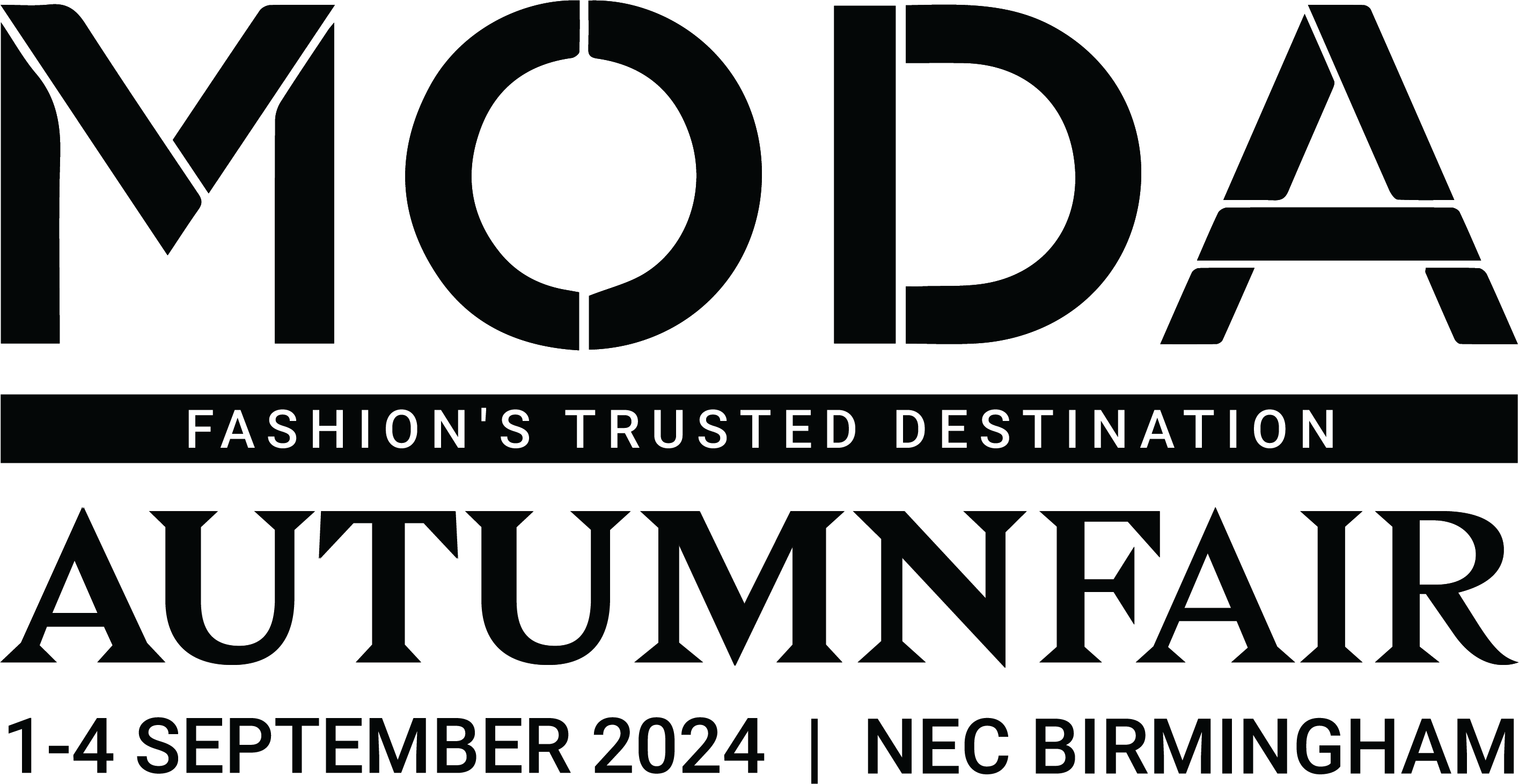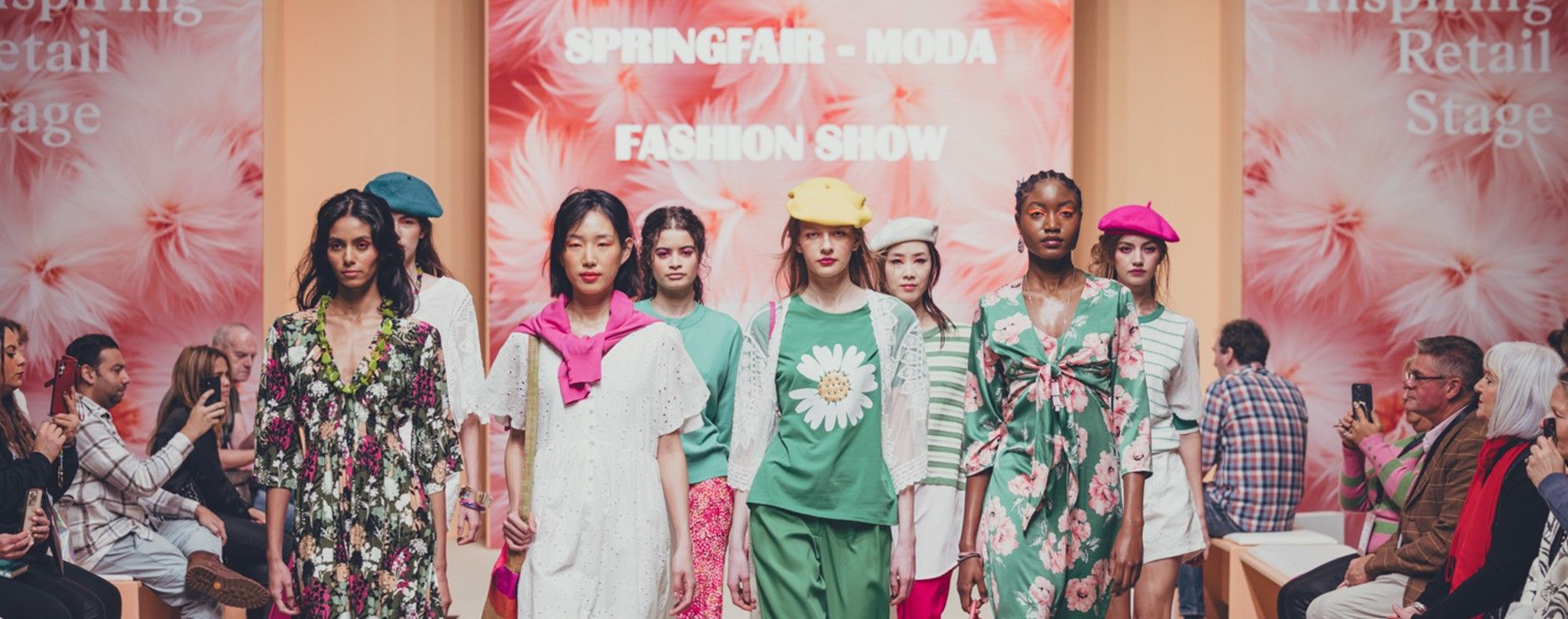How Superdry wants to change fashion, one sustainability step at a time.
)
Superdry has goals to become the most sustainable listed fashion brand on the planet by 2030. In our recent webinar on “Consumer trends and why sustainability matters”, Eda Togan, Country Manager at Superdry revealed how they are managing to have such an enormous impact on building a more sustainable retail industry.
There is a difference between companies that are treating sustainability as a box ticking exercise and a those that are shifting the dial and are authentically living their values by transforming their businesses for the better.
A few weeks ago the team at Hyve group (owners of Pure London, Moda and Scoop) were fortunate enough to be joined by Eda Togan, Country Manager for Superdry responsible for Turkey & Close regions & Portugal for our webinar on “Consumer trends and why sustainability matters”. Talking directly to major manufacturers about the UK consumers changing attitude towards sustainability, whilst having the chance to hear from one of fashion's most recognisable brands about how they are making sustainability a core principle in their future strategies.
Superdry have a goal, and it’s a big one. They want to become the most sustainable listed fashion brand on the planet by 2030. They are actively supporting and working to the UN’s Sustainable Development Goal 12 to "Ensure sustainable consumption and production patterns". This is a goal that they not only believe in but are already making huge strides to achieve. In the last year they have received two awards giving recognition to their work in sustainability in global retail. In 2021 they were awarded the Drapers Positive Change Award at the Sustainability Awards. This was in addition to appearing at the top of the Financial Times European Climate leaders list. However, these awards are clearly not just the culmination of 12 months of work, but a much longer journey. During our online discussion Eda revealed how they are positively impacting the retail industry for the better.
Approach to Sustainability
Superdry’s approach to sustainability is threefold, focusing on product, the planet and people; basing their strategies upon both direct and indirect impacts to the environment.
Firstly, they consider greenhouse emissions emitted directly from sources they own or control. Next, they consider the indirect impact of using electricity, steam and cooling methods on the environment. And finally, they consider the greenhouse gas emissions that are a result of activities from assets not owned and controlled by the organisation, i.e their partners. As a business that wishes to hit big goals, it's not enough to look at one aspect, you must look holistically at your entire business, and whilst that can be daunting, it's important to start somewhere.
When you take it seriously, and it clearly has authentic and meaningful buy in from the top down, then the cultural shift you need to enact real change also begins to happen. This all-encompassing approach is summed up nicely by Eda, who says “…here sustainability is a lifestyle, not an option”.
Approach to Sourcing
Over the years, Superdry have adapted their sourcing strategies to align with their future facing sustainable and environmental goals. Again, strategies are governed by their impact on the “Three Ps”, product, people and planet. Here are a few of the things Superdry are doing in order to improve their sourcing practices:
- Cotton Goals: Over 53% of Superdry’s products are made from cotton and cotton mixed products, and in 2020 they converted 19% of their overall cotton footprint to organic cotton, a proportion they hope to raise to 100% by 2025. Organic cotton means it is grown using only nature-based solutions rather than toxic or synthetic substances such as pesticides. They go further, focussing not only on organic cotton but also on “all low impact materials that can be recycled” Eda explains.
- Reducing greenhouse gases: In recent years, there has been a rapid development of programmes and initiatives to drastically reduce the fashion retailer’s carbon footprint, and they have already seen massive results. As Eda explains, they have “already cut the amount of product that needs airlifting by half since 2019” and have “saved around 25,000 tons of carbon emissions each year by achieving that, aligning logistical activities with the sustainability goals.
- Reduction in Water Footprint: There’s no denying that the fashion industry is a major water consumer, using around 93 billion cubic metres of water per year, according to the Ellen MacArthur Foundation. Given the heavy reliance on water consumption, it is of note that Superdry has reduced raw material water consumption by 60- 90%. They also use rainwater harvesting systems in 31% of their factories, whilst continuing to reuse the current water sources in the factories.
Global Supply Chain Partners
In order to enact real change it has been important to engage all stakeholders within their global supply chain over a long term period. In order to make headway on their bigger goals it’s been important to ensure that their partners are on board and travelling in the same direction. In Eda’s words “we never say you and us, we always say we, because we are together in this.”
All targets and new working procedures are well planned out in advance to ensure that they are achievable, and in compliance with their Code of Practice
Superdry clearly has super ambitious goals. What was abundantly clear is that that one of fashions most recognisable brands are taking sustainability seriously, and are making extremely conscious choices in order to reach their 2030 goal. In a time when consumers are looking for sustainable options, valuing (and rewarding) brands and companies who are authentically making the good decisions for the right reasons, Superdry are leading the way. It is an exciting time for the fashion retailer as they continue to focus, in Eda’s words on “producing the most sustainable product, whilst protecting our planet and supporting our people in all that we do
More on sustainable fashion here


